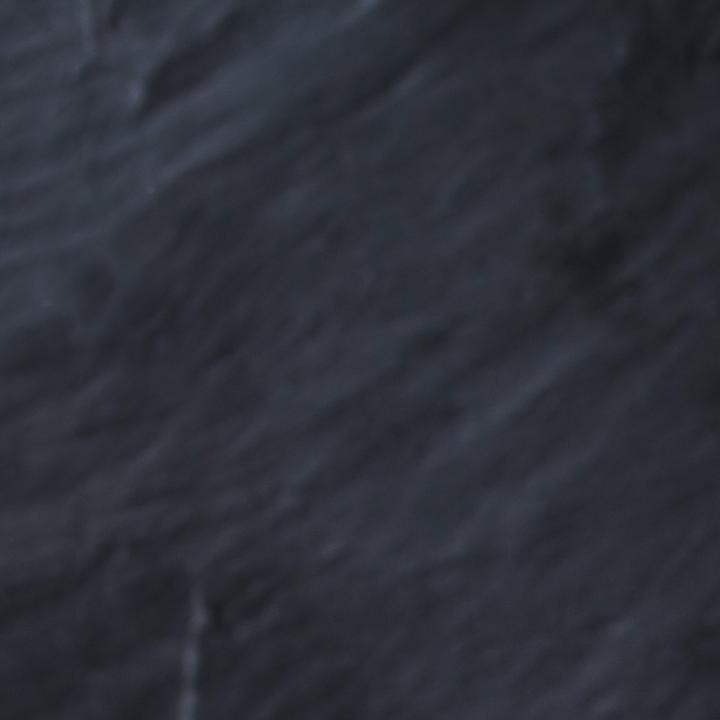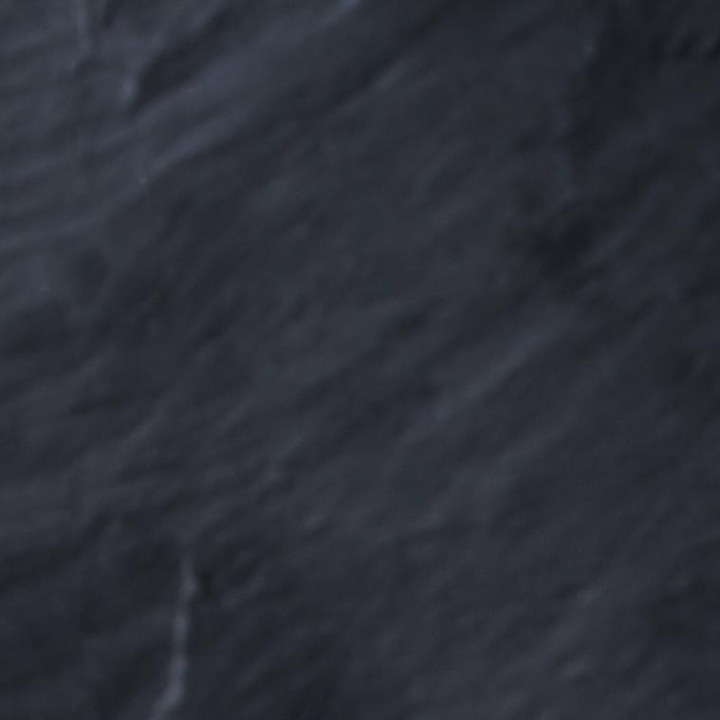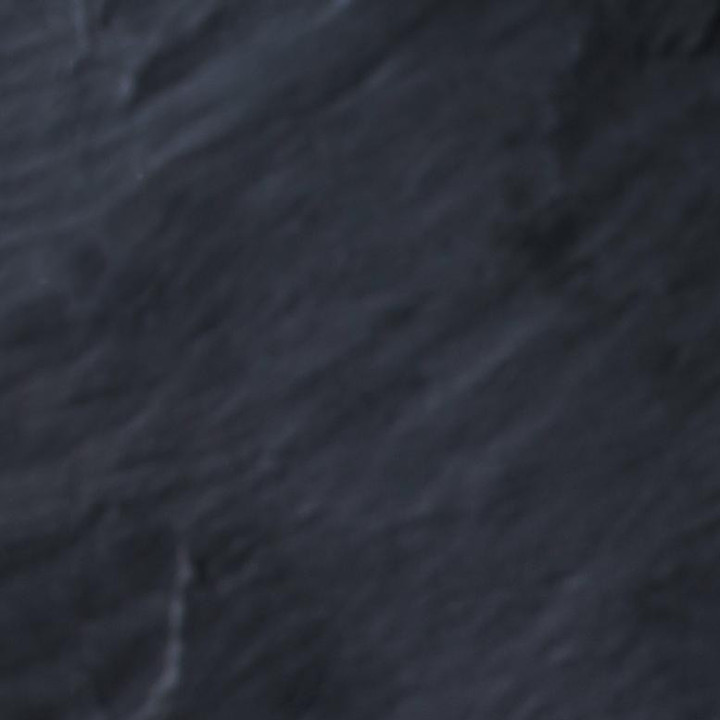
Commercial Slaughtering of Farm Animals in the EU
Behind every meat consumed, there is always a living being that has been slaughtered
As an animal welfare organisation, we must address the slaughter of farm animals as long as meat and other animal products are still consumed in our world. Annually, at least 8.4 billion so-called livestock including pigs, cattle, poultry, sheep, goats, horses and rabbits are slaughtered in the European Union alone. Although the slaughtering processes differ depending on the animal species, there are still similarities between the killing of the species. Many of these methods are practised worldwide, however, this page is focused on slaughter within Europe.
Violations of animal welfare regulations are still common.
Slaughtering of farm animals – in general
Upon arriving at the slaughterhouse, animals must be unloaded immediately from the transport vehicle and placed in the facilities’ holding pens. Poultry are transported in boxes that are stacked on top of each other, which are usually placed in the holding pens of a poultry slaughterhouse near the slaughter line.
At slaughterhouses that slaughter more than 1,000 large animals1 (cattle, equidae (animals of the horse family), sheep, goats and pigs) or more than 140,000 poultry per year, a so-called animal welfare officer and a veterinarian must be present at all times2. Normally, the animal welfare officer, or a person who reports directly to the veterinarian, is meant to carry out an inspection of the delivered animals and checks if there are sick or injured animals which may not be able to wait long and for which it would be better to be slaughtered immediately. For example, maybe this is a cow that can no longer stand on all four legs due to a leg injury or a visibly sick pig. These animals should be slaughtered immediately to reduce their time suffering.
For companies that slaughter fewer than 1,000 large animals or 140,000 poultry per year, no animal welfare officer is required, and the veterinarian does not have to be always present during the time of slaughter.

Transport & holding pens
Learn more

Restraining & stunning
Learn more

Killing
Learn more
Transport and holding pens
After the animals have been unloaded, they are taken to the holding pens. Depending on the animal species, some species have areas to also drink. In more modern facilities, the holding pens are equipped with cooling options for the hot season. For example, large fans are used in poultry slaughterhouses, and spray showers are used in cattle and pig slaughterhouses, which cool the area by means of misting.
The length of time the animals remain in the holding pen depends on the size of the slaughterhouse and management. Cattle and pigs are often brought to the slaughterhouse in the early hours of the morning either by the farmers themselves or by haulers who collect the animals on their routes from a variety of farms. The slaughterhouse runs during the morning or all day (depending on the size). Animals sometimes wait long hours after delivery before it is their turn.
Poultry, such as broiler chickens, laying hens and turkeys, are usually caught by hand the evening prior on the farms, often by crews (personnel who are only made available for such purposes by specialized companies) and put into the transport crates. Poultry farms in most cases move several thousand animals at a time, making it impossible for the farming family to prepare even this large number of animals for transport without help. Nowadays, the transport is usually carried out by a company specializing in poultry transport. Depending on the route, the animals arrive at the slaughterhouse at night or in the early hours of the morning. Poultry in particular often wait for up to 12 hours which is even legal, but often this time limit is even exceeded. The animals are crammed together in the crates and without any access to a water supply.
In all legal bases, it is stipulated that the handling of the animals has to be done calmly, gently and with care at all times and that the persons involved must take the behavior of the respective animal into account.
Unfortunately, it is very often that this is ignored. Due to large numbers of animals being slaughtered and processed at these facilities, workers are under time pressure making it impossible to calmly and gently handle the animals.
Restraining and stunning
Many killing methods are painful for the animals. For this reason, all animal species are required by law to be stunned prior to the actual killing, with the aim of inducing an unconscious state before or during the killing3. This does not apply to religious slaughter, where it is possible to slaughter the animals without any prior stunning.
Restraining an animal means constraining it for proper stunning. This must ensure that the mechanical or electrical device used can be placed in a position on the animal so that it can be used without difficulty as precisely and for as long as necessary4.
For example, cattle are stunned in slaughter boxes in which their heads are fixed in such a way that they can no longer move, ensuring that the person who is stunning the animal (the stunner) can apply the stunning device correctly. This is to ensure the animal is correctly stunned. However, this immobilization also puts the animal under stress, which is why this should only take place for as short a time as possible.
The different stunning variants and the key parameters that are essential for the effectiveness of the stunning are defined for each type of stunning. The key parameters for each stunning procedure must be defined in such a way that all animals subjected to this procedure are adequately stunned5. For the “penetrating captive bolt” stunning method, the key parameters defined are, for example, the point of attachment, the appropriate speed, exit length and diameter of the bolt depending on the size and species of the animal, and also the maximum time between stunning and bleeding cut in seconds6.
Stunning must induce unconsciousness, which can be recognized by the following signs7:
- complete relaxation of the animals AND
- Loss of corneal reflex (eye and eyelid unresponsive to touch) AND
- respiratory failure AND
- no attempts to get up and directed movements
Rowing movements and muscle spasms are possible despite correct stunning. If the sunning effect wears off, this can be recognized by the resumption of regular breathing. It is vital that immediately after stunning, a stunning check must be carried out on the animal to ensure the animal so completely unconscious.
Killing of the animal
If an animal has been successfully stunned, it must be killed as quickly as possible and after the stunning has been checked. There are specified time intervals, some of which may not exceed 60 seconds. According to (EG) 1099/2009, the stunning control is to be carried out on representative random samples. Normally, however, the person who kills the animal checks visually and briefly with a few simple movements whether the stunned animal is reacting to various (pain) stimuli and only then makes the killing cut on the animal's neck or chest.
All animals are killed by bleeding. The decisive factor in the occurrence of death is the loss of blood, which must take place immediately after the cut in a surge. For this reason, after the killing cut has been made and before further slaughtering work begins, the animal must be checked again to prevent the animal from still being alive if further processing takes place (e.g. scalding for pigs, start of cutting work for cattle, defeathering for poultry).
Cattle and pigs are often pulled up on a hind leg before making the cut to allow bleeding to occur more quickly. However, there are also systems in which the animals are bled while lying down.
Most of the further processing steps, especially for pigs and poultry, take place mechanically in separate boilers or on the slaughter line in separate areas that are difficult to access and no longer manual, which is why this control is particularly important, as it is then very difficult to intervene.
If the animal is still alive at this point, or if the animal is (again) conscious, it must be re-stunned immediately. In this case, adequate stunning equipment must be at hand.
Footnote
1. Livestock unit is a conversion key to be able to compare different livestock based on their live weight. 1 LSU corresponds to about 500kg.
Source
4 AG Tierschutz der Länderarbeitsgemeinschaft Verbraucherschutz (LAV). (2017). Handbuch Tierschutzüberwachung bei der Schlachtung und Tötung. s.l.: LAV.
7 Hofer-Kasztler, C. (2013). Tierschutzgerechtes Töten von Klauentieren. Tierschutz: Anspruch - Verantwortung - Realität. Tagungsbericht der 4. ÖTT-Tagung (pp. 37-41). Wien: Johannes Baumgartner.

